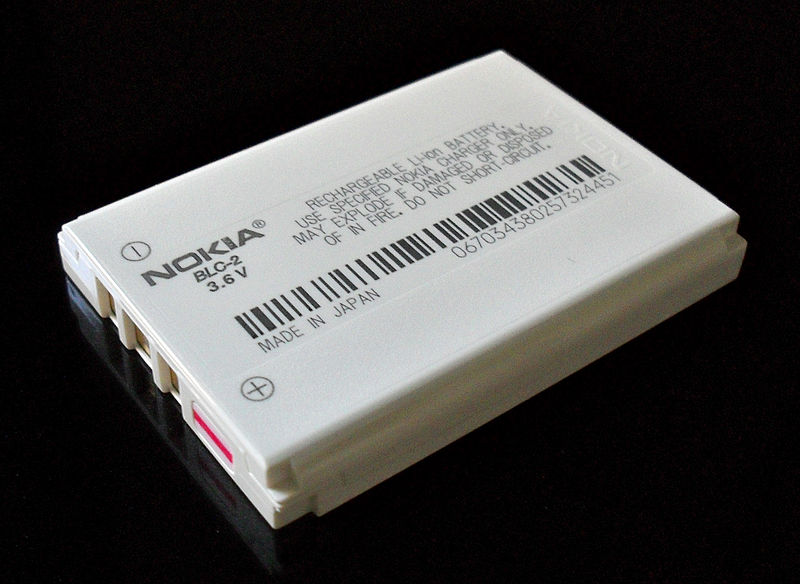Lithium-ion batteries are used supply power to many kinds of devices including smart phones, laptops, e-scooters, e-bikes, and e-cigarettes, and are used in University operations and research applications. Environmental Health & Safety (EH&S) encourages personnel and students to follow safety practices to reduce the possibility of a reaction, fire, or explosion when handling, charging, storing or disposing of lithium-ion batteries.
Storage
- Store batteries away from combustible materials.
- Remove batteries from the device for long-term storage.
- Store the batteries at temperatures between 5°C and 20°C (41°F and 68°F).
- Separate fresh and depleted batteries (or keep a log).
- If practical, store batteries in a metal storage cabinet.
Chargers and charging
- To charge batteries safely, use chargers or charging methods designed for battery packs at the specified parameters.
- Remove the battery pack from its charger promptly after charging is complete. Do not use the charger as a storage location.
- Charge and store batteries in a fire-retardant container such as a high quality Lipo Sack when practical.
- Do not overcharge (greater than 4.2V for most batteries) or over-discharge (below 3V) batteries.
Handling and use
- Handle batteries and/or battery-powered devices cautiously to not damage the battery casing or connections.
- Keep batteries from contacting conductive materials (e.g., water, seawater, strong oxidizers and strong acids).
- Do not place batteries in direct sunlight, on hot surfaces, or in hot locations.
- Inspect batteries for signs of damage before use. Never use damaged or puffy batteries; promptly dispose of them.
Disposal
- Dispose of damaged batteries and those that no longer hold a substantial charge. To check the general condition, charge them and let them rest for an hour, then measure the voltage. If the voltage measures close to 4.2V, the cells are in good condition.
- Dispose of used batteries:
- Less than 5 five pounds: Deposit them in an e.Media bin.
- More then 5 pounds: Submit a Chemical Waste Collection Request.
Refer to the Lithium Battery Safety white paper and frequently asked questions for additional information on lithium battery safety, or contact EH&S Building and Fire Safety.
 Lithium-ion battery. Photo by Kristoferb
Lithium-ion battery. Photo by Kristoferb